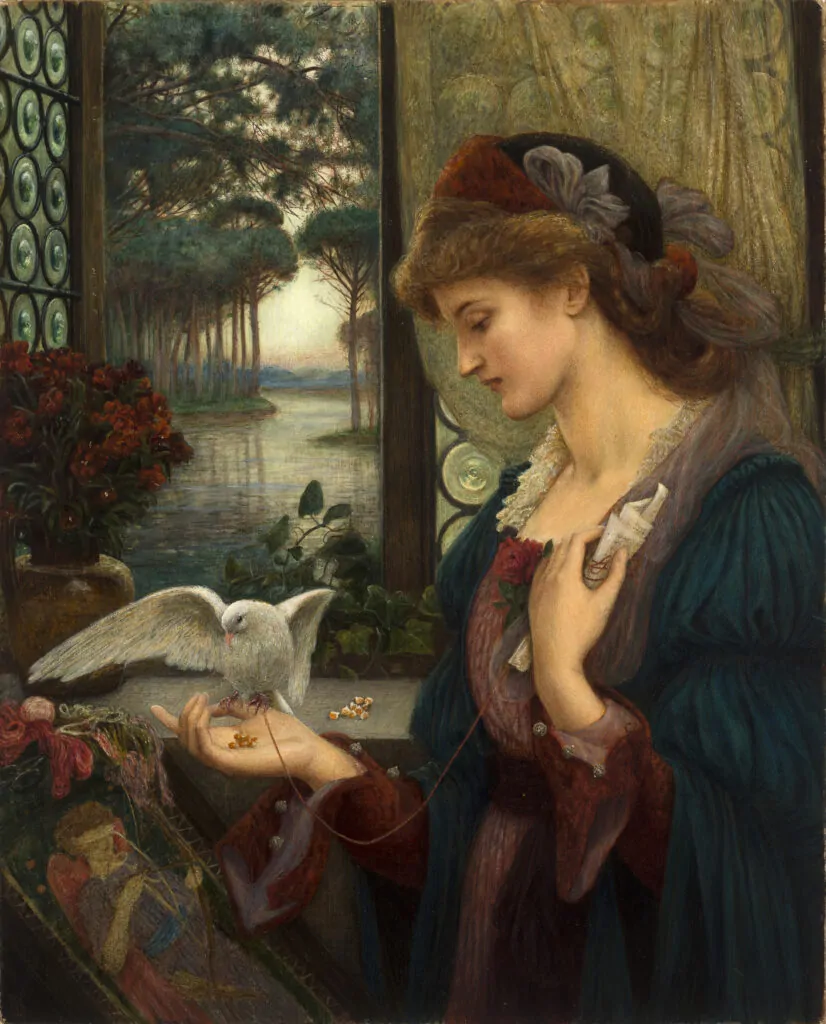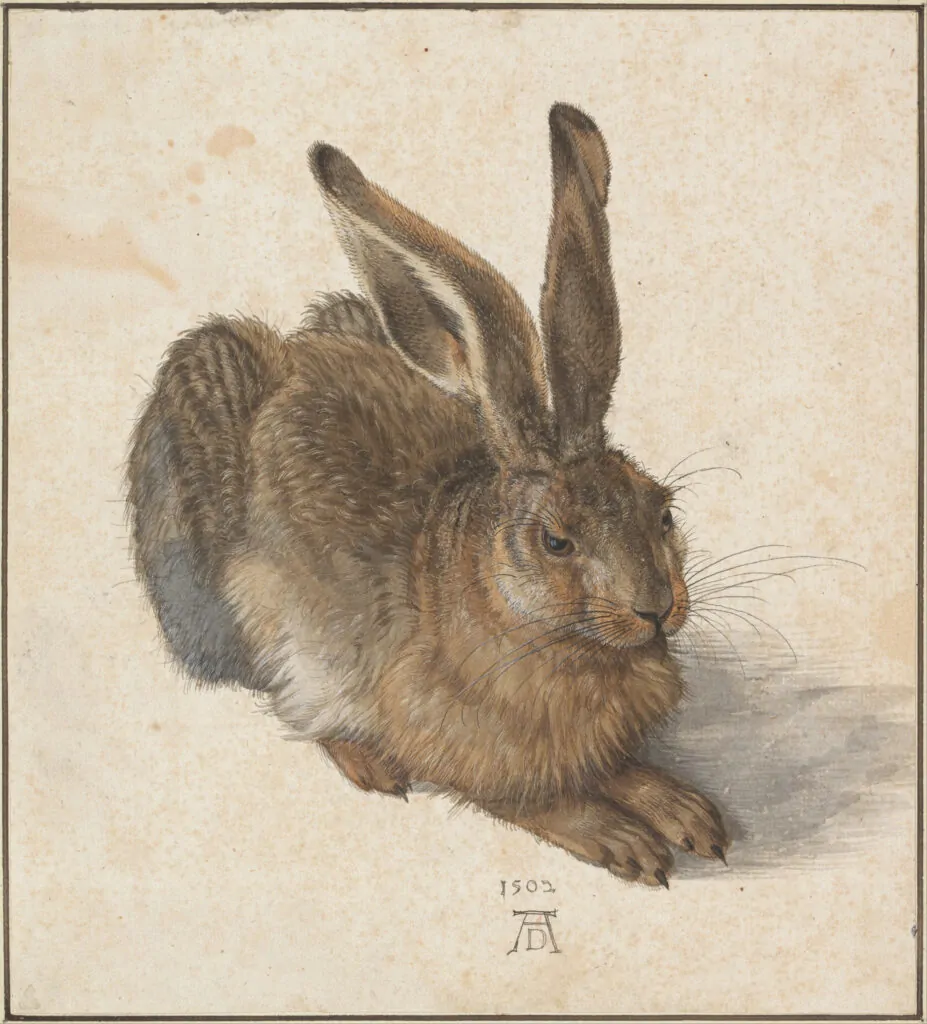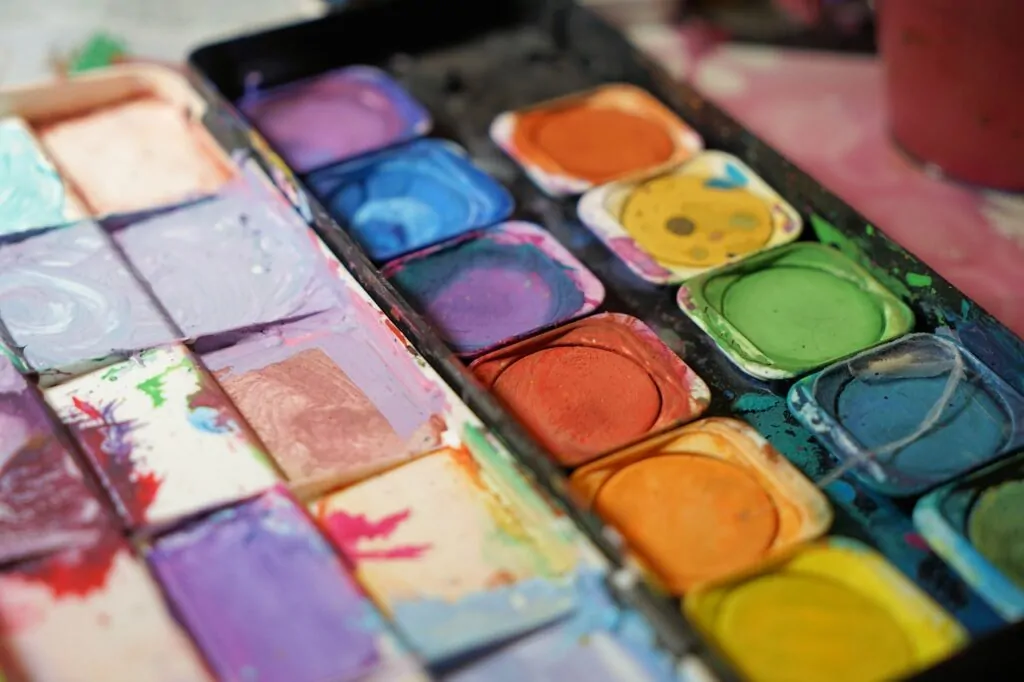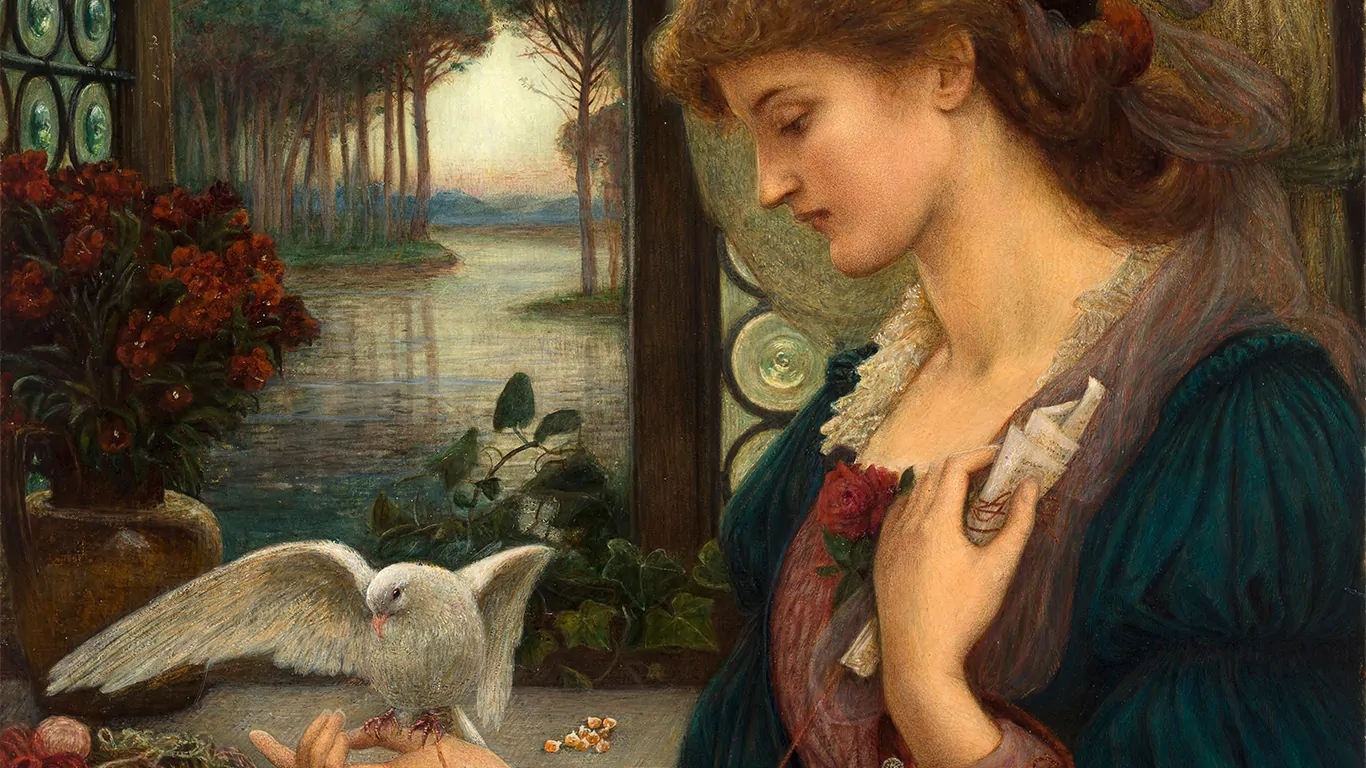Watercolour, a vibrant and versatile medium, has captivated the hearts and minds of artists for centuries. Its translucent nature and ability to blend seamlessly create a unique depth and luminosity. While modern watercolour tube paint is a relatively recent development, the medium’s roots can be traced back to ancient civilisations. In this article, we’ll explore the history of watercolour, from its earliest incarnation to the modern day.
Ancient origins of watercolour
The earliest evidence of watercolour painting comes from prehistoric cave paintings, where pigments derived from natural sources were mixed with water to create colourful designs. Ancient Egyptians also employed water-based paints for murals and tomb decorations. These early examples demonstrate the enduring appeal of watercolour as a medium for capturing the world around us.

by Marie Spartali Stillman
In China, watercolour painting flourished during the Tang Dynasty. Chinese artists perfected the art of ink-wash painting, a technique that emphasises the subtle gradations of tone achieved by diluting black ink with water. This tradition had a profound influence on Japanese watercolour painting, which developed alongside Chinese art.
Development of watercolour in Europe
The Renaissance period saw a resurgence of interest in watercolour painting in Europe. Italian artists like Leonardo da Vinci and Albrecht Dürer experimented with the medium, using it for preliminary sketches and studies. However, oil painting, with its greater opacity and durability, dominated the art world during this time. Watercolour gained popularity in England during the 18th century, thanks to the efforts of artists like Thomas Gainsborough and John Robert Cozens.

These painters embraced the medium’s transparency and portability, using it to capture the beauty of the English countryside and the picturesque qualities of historical ruins. The 19th century witnessed a golden age for watercolour painting. English artists like J.M.W. Turner and John Ruskin pushed the boundaries of the medium, exploring its expressive potential through bold brushwork and dramatic
compositions. Their work inspired a generation of watercolour artists, both in England and abroad.
Watercolour in the 19th and 20th centuries
The 20th century saw a continued evolution of watercolour painting. Artists like Edward Hopper and Georgia O’Keeffe used the medium to create works that were both intimate and evocative.
Abstract expressionists like Jackson Pollock and Mark Rothko also experimented with watercolour, exploring its potential for non-representational expression.
The development of watercolour tube paints in the late 19th century revolutionised the medium. These pre-mixed paints offered artists a wider range of colours and improved portability, making watercolour more accessible and convenient.

Contemporary watercolour: Techniques and applications
Today, watercolour remains a popular medium. Artists continue to explore new techniques and applications, from traditional landscape painting to abstract expressionism. The development of digital art software has also expanded the possibilities for creating and manipulating watercolour effects.





